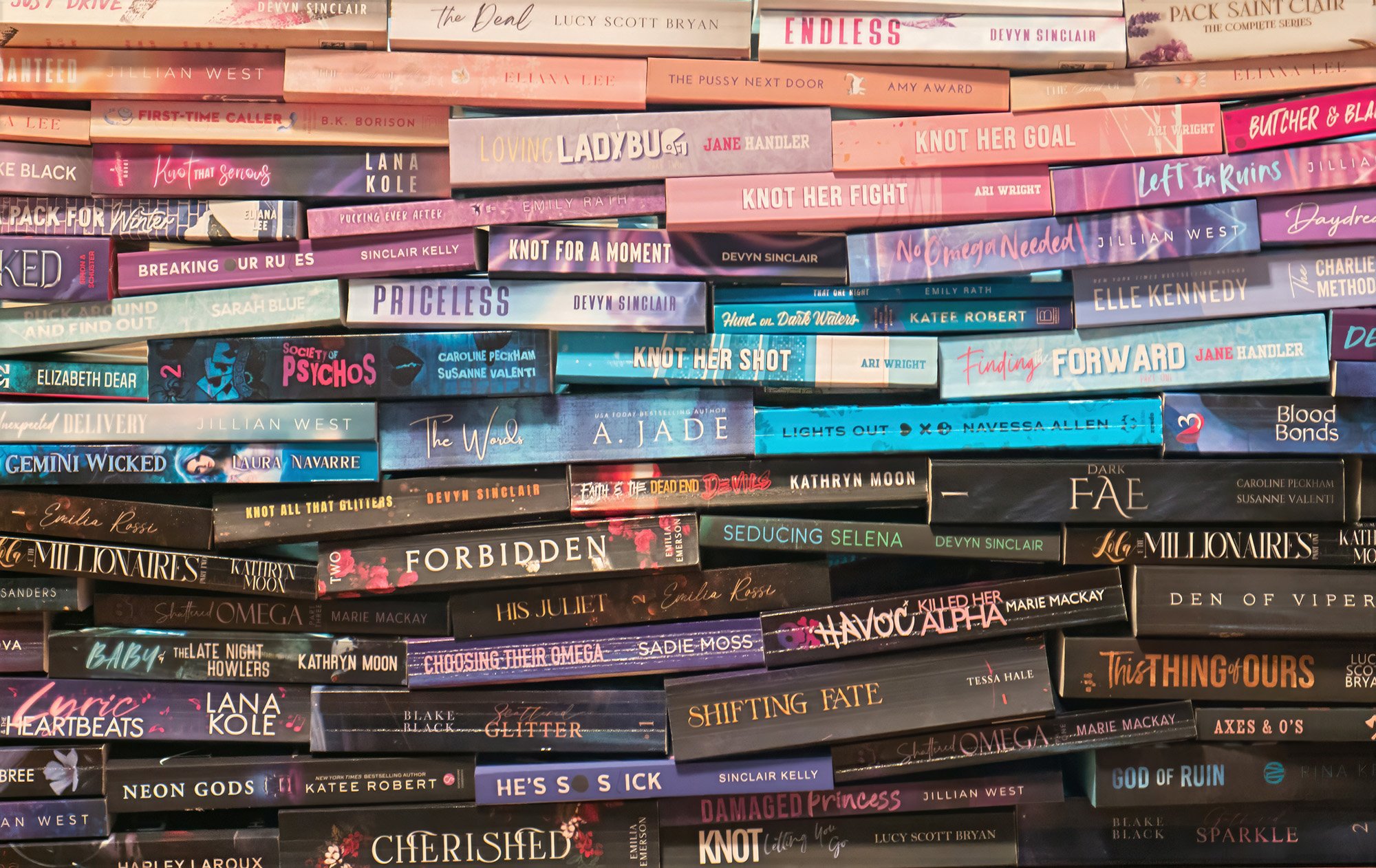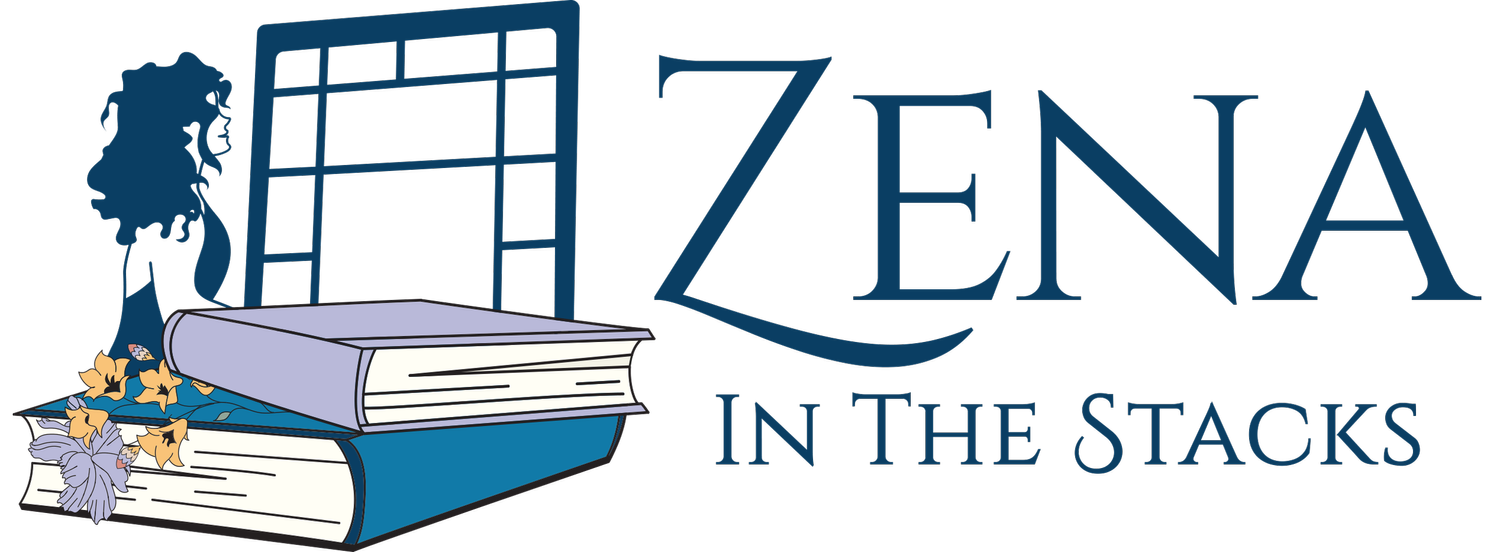
Work That Works
From strategy to SOLD OUT.
Every good story needs a strong spine. These are a few chapters where strategy, marketing, and just the right amount of chaos turned ideas into packed trains and sold-out seats—because clever doesn’t count unless it also converts.
Case Study: The Wine Train That Could
-
When I took over, the Wine Train was circling the drain. It was underpriced, underselling, aging poorly (in every sense), and dangerously close to being cut altogether. No social media presence, a ho-hum concept, and a narrow demographic. It wasn’t exactly giving main character energy.
So, I flipped the script.
I reached out to Wedding Oak Winery, makers of high-quality, hard-to-get Texas wine, just as they were building a new tasting room in downtown Burnet, a potential layover location. Together, we transformed the ride from a three-hour loop with onboard tastings into a six-hour day trip featuring a two-hour winery layover. Guests got curated tastings on the outbound ride, and then had time to sip, snack, and shop at the winery.
This wasn’t just a train ride. It was a full-blown customer experience. By extending the trip and layering in an immersive, branded partnership, we increased dwell time, boosted perceived value, and turned casual guests into superfans. And the best part? The entire collaboration cost our nonprofit nothing. High-impact, zero-cost strategy with exponential ROI.
Then came the marketing rebrand. We repositioned the Wine Train as an upscale, exclusive experience—something special, only available to our most loyal riders. We refined the target audience, narrowing in on women aged 35–45, and built a 10-person influencer team that amplified the message on TikTok, Instagram, and beyond. We treated this crew like VIPs, sharing early previews, booking access, and branded assets to keep the buzz steady and sincere. This wasn’t a one-off promo push. It became an owned micro-ambassador network, generating evergreen content and real trust with our audience.
Beyond influencer marketing, I leaned into grassroots community engagement. I personally participated in local wine groups, women’s social clubs, and foodie Facebook communities—answering questions, sharing behind-the-scenes tidbits, and cultivating real connections with potential riders. When the comment section got busy, I was in there to, DMing curious fans, troubleshooting bookings, and converting enthusiasm into ticket sales. Even the waitlist was part of the strategy, with teaser updates and booking tips designed to keep interest high and future rides top of mind.
We locked in media coverage across every major local outlet and hustled through regional wine clubs and women’s groups. One major win? A partnership with a high-reach food and beverage TikTok creator in our area. Her post generated 488 comments, 26,100 saves, and 43,000 shares. All organic! The result? All four Wine Trains sold out immediately, and we landed a waitlist of over 1,000 people.
The Wine Train became more than a hit. The Wine Train became a brand driver.
Six years later, it remains the #2 top-selling ride at ASTA, regularly selling out 2–3 months in advance. It’s also the company’s #1 Google search term (“Wine Train”), and demand for it routinely drives overflow bookings on other rides. That’s not just success…it's a smart funnel strategy. The Wine Train turned into a premium gateway product that boosted customer lifetime value and helped grow the entire brand.
Oh, and statewide brand awareness? Up 45%.
Turns out, when you pair good storytelling with smart strategy, even a nearly canceled train ride can become a runaway success.
Case Study: Rewriting the Bertram Flyer
-
The Bertram Flyer was stuck in a sepia-toned identity crisis. Originally designed with a rough-and-tumble, Wild West aesthetic, it skewed masculine, undersold year after year, and had gone creatively stale. But after nearly 25 years on the rails, the team was reluctant to change a ride that had become part of the nonprofit’s legacy. This was especially risky since the Flyer ran in the summer, our lowest ticket season, when cash flow was already tight.
The only way to take a confident step forward? Data.
Ticket sales showed a steady decline from year to year, especially among the very group we needed to reach: families. Marketing engagement was also low, particularly with women and younger riders. If we wanted to turn things around, we had to prove there was a viable, untapped audience.
We started with our most dependable readers: our email list. A small-scale campaign tested new messaging, refreshed branding, and an updated summary of the Bertram Flyer geared toward women aged 25 to 45 with kids at home. The results were immediate. Open rates increased by 48 percent, and click-throughs tripled. The new direction clearly resonated and opened the door for a larger strategy shift.
Next, we moved to social media. We ran an A/B test on Facebook, comparing the old sepia branding with a bright, family-friendly creative. The new version didn’t just win—it outperformed the original by a factor of twelve in engagement and drove 90 percent more advance ticket sales. These results gave us the leverage we needed to fully rebrand the ride.
From there, we optimized across the board. We tracked conversions by source, adjusted ad spend weekly, and prioritized high-performing content. By the end of the season, Bertram Flyer revenue had grown 315 percent over the previous summer, and we had welcomed hundreds of new riders.
With families now aboard, we explored ways to expand our audience further. We tested two new ideas for bringing in women’s groups: a dedicated adult-only train car for large gatherings and a “girls getaway” concept supported by bubbly from the concession car. Group ticket sales increased by 150 percent, and each ride generated hundreds in additional beverage revenue.
In short, we didn’t just dust off an aging brand. We made it sparkle.
Case Study: The Eclipse Express-A Stellar Sell Out
-
In April 2024, something strange happened: the sky went dark, and I saw a marketing opportunity.
A total solar eclipse was set to pass directly over Burnet, TX, one of our train’s key layover towns. It was a once-in-a-generation event, but there was a catch. It fell on a weekday, which meant competing for limited rail time and convincing the team to take a chance on an untested midweek ride during a national event.
So I floated the idea to the public first. What if the train dropped you off in the middle of the darkest spot in Texas, right in the path of totality? I tested the concept using email and social polls, and the response was immediate and overwhelming. But with limited seating, I knew it would sell out fast. That raised a bigger question: how could we turn a one-time surge of interest into long-term growth?
First, we built the list. We segmented our existing audience based on eclipse interest and gave those contacts early VIP access to ticket sales. Then we promoted that exclusivity through email campaigns, social content, influencer partnerships, and a branded opt-in experience. The website went dark, literally, with eclipse-themed visuals and email prompts that created a sense of urgency and exclusivity. This wasn't just about one event—it was a strategic push for list building and long-term customer retention.
Next, we activated our social channels. Social followers received secondary VIP access and were encouraged to join the email list to bump themselves to the front of the line. While we built anticipation, we used that attention to spotlight other rides, poll our audience to shape offerings, and host giveaways to drive deeper engagement. We didn’t just capture interest—we turned it into measurable results.
By the time the tickets launched, we had grown our email list by 4,000 new subscribers, increased our social following by 11%, boosted social engagement by 220%, sold 330 additional tickets for other rides, and added 4 new influencers to our marketing roster.
When tickets went live, they sold out in 48 hours. Despite being more than triple our normal price, demand remained sky-high with a waitlist of nearly 2,000.
The results didn’t stop at ticket sales.
We used audience polls to guide our custom merchandise selections for the ride. That merchandise sold out and increased onboard revenue by 225%. Passenger satisfaction scores also rose by 74%.
This wasn't just a ride through an eclipse. It was a full-funnel campaign that turned a rare celestial event into a long-term growth strategy. We ended the day with more reach, more revenue, and a stronger relationship with our riders.
Turning the page together.
Every If these case studies had you turning the page, just imagine what we could write together. You can learn more in the About Zena section, or if you're ready to begin your next bestseller, email me today.



